CRN Exclusive: Pivotal Software's Chad Sakac Says His Job Is To 'Make PKS The Most Successful Kubernetes Enterprise Platform On The Planet'
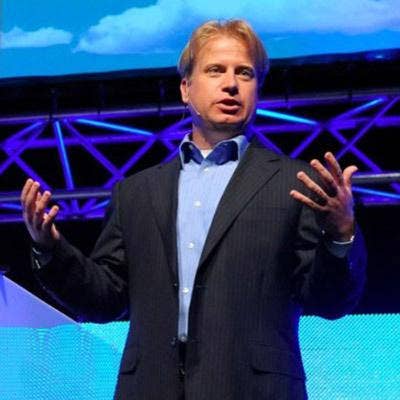
Bringing Pivotal To Dell EMC VMware
Chad Sakac, one the storage industry's best-known technologists and a longtime fixture at Dell EMC, surprised pretty much everyone by stepping away from storage and moving to a newly created position at Pivotal Software.
Sakac's prior role as president of Dell EMC's Converged Platforms and Solutions Division ended in January when the company split that business between its server and storage teams. In February, he announced his plan to join Pivotal Software.
But while you can take the man out of storage, you can't take the storage out of the man. Sakac is staying close to the Dell Technologies family with a focus on integrating the Pivotal Container Service and Pivotal Cloud Foundation with the rest of the company.
Bridging the new and the old is nothing new for Sakac. He previously led the charge to bring Dell EMC storage and VMware virtualization technologies together in VMware's hyper-converged infrastructure (HCI) business.
CRN caught up with Sakac a short time before Pivotal Software filed for its IPO to talk with him about why Dell Technologies broke up its converged and hyper-converged infrastructure business and how he hopes to tie Pivotal with the rest of Dell Technologies. Here's what he had to say.

First of all, your most recent position was president of Dell EMC's Converged Platform Solutions Division, which focused on converged and hyper-converged infrastructure. Why was that division dissolved?
It's pretty simple. … Over time, whenever there's a big merger or a change, there's always an opportunity to evaluate is this the best way to structure how we do this work going further. No change to what are the offers, what are products, what is the work. But is there a way to refactor the work to be able to do it better, faster, stronger, and accelerate the business.

Why's that?
The VxBlock business [has] thousands of customers, but not tens of thousands of customers. The average VxBlock transaction is measured in many of hundreds of thousands dollars. In fact, some of the largest VxBlock CI [converged infratructure] solutions that our customers require would be into the tens of millions of dollars. They're, in fact, their entire data center. The average converged infrastructure engagement [can be] a year. …
The average [VxRail hyper-converged infrastructure] transaction cycle is measured in days and weeks, about 45 to 60 days. From quote to delivery isn't the four business weeks of the VxBlock. It needs to be in five days for our VxRail to go out to a customer. And the ASP is much, much smaller. There is a whole channel component of the HCI business which is fairly different from the VxBlock business, which is mostly direct. … Trying to put it into one organizational machine is not necessarily the best way to do it.

Were you involved in that decision?
I was absolutely involved in the decision and in the follow-up. Ultimately, the decision of course is through the management chains. My leader is Jeff Clarke [Dell Technologies vice chairman of products and operations], someone who I respect and continue to work with every single day. … I want to be really clear about it. What I say publicly and privately are the same thing. It's a decision I support. It's logical. It's good for the product, the people inside the organization. It was also good for me too, because it gave me a chance to think about what do I want to do and what's next for me. Frankly, it's a wonderful thing to be supported by the people around you, the company that you work for, as you think about what you want to do next. Doesn't always happen that way.
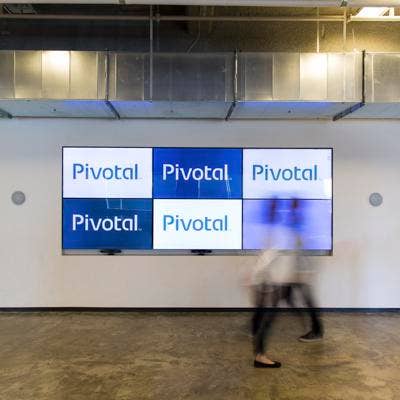
At Pivotal, you are taking on a new role in the Dell Technologies family. How much say did you have in determining what your new role would be?
I had complete control. I feel comfortable in saying on the record here for you because I've also said it publicly. Basically, I was evaluating what's next through the lens of, OK, there's a new horizon in front of me that's undefined. First question is, what am I interested in? What do I have a passion for? What could I have [that would put] a spring in my step, a motivating force, for years to come? That's the first order of business for me. As everybody's motivated by different things, a big personal motivation for me is learning. I really like learning new things.
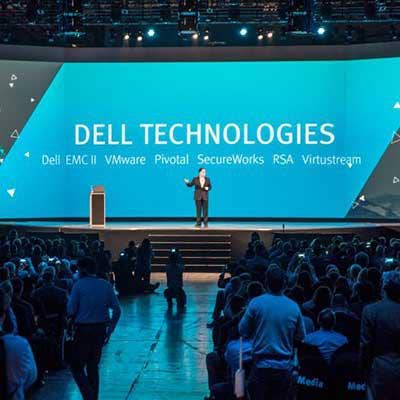
What were your choices?
Frankly, I had a luxury. And it really is a luxury to evaluate what do I want to do. Is it inside Dell Technologies? Is it not? That's a choice. …
Choice one is, do I take a role within Dell Technologies? Choice two, do I do something outside that I have a passion for, something new and different? Choice three, do I take some time and become a stay-at-home dad? Because my kids are getting older and I've got a few years left before they leave the nest. And so, I was evaluating through that lens. The company has lots and lots of opportunities, and one thing that's kind of cool about Dell Tech is that there are great opportunities, a multitude inside Dell EMC, some roles within VMware, roles within Pivotal, even Dell Technologies-level roles. And so, I could choose and evaluate on my own terms and my own decision criteria.

What does your new role of developing new Pivotal technologies mean in terms of working with the rest of Dell Technologies? What other parts of the company will you be interfacing with?
Both VMware and Dell EMC. And through the technology lens, the intersection with vSphere and NSX, in particular, NSX-T, a critical part of the container platform plan for Dell Technologies. And then, from a Dell EMC standpoint, our belief is that we have to make the platform so easy to use, which means that by definition lands on our HCI platforms. I think a good thing to start with is the 'why' first. The 'why' leads to the 'what' and the 'how.'
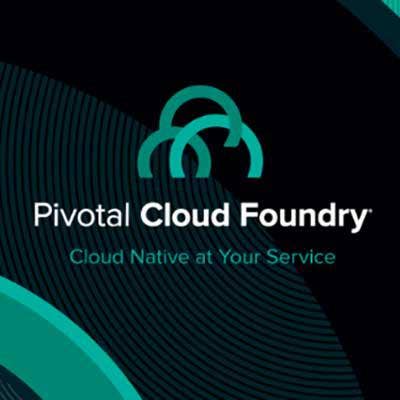
What is the 'why?'
There's clearly and well understood a new way of developing modern applications with modern frameworks using different tools, different operational processes. And whether you call it digital transformation or cloud-native, these are buzzwords. But the buzzwords reflect the very real thing that exists. It's not about the tools. It's about how people basically build these new applications, these new data models, in radically different ways than they've done with traditional three-tier applications. …
Cloud Foundry is the best way to develop if you're a developer and you're using Spring--in other words, a modern Java framework--.Net, Node.js, a couple other structured languages. [But] for a long time Pivotal did not really acknowledge that there was another way that people build these applications [where] the container world is more like cloud-native coming up from the world of infrastructure versus traditional Cloud Foundry, which is coming from an application platform downward.

What did Pivotal do about that?
If you want to build a platform that people love, and it's the central enterprise platform for this new world of cloud-native apps, you have to be able to go after all workloads. You have to be able to go after the ones that fit into the applications framework of Cloud Foundry traditionally, but also the applications where people bring their own containers, and those are for reasons where they need persistence, they need specific networking solutions, to be surfaced for the applications, streams that need to be maintained, state that needs to be maintained, which is very different than the world of the application services platform. …
There's a third use case right behind it, which is the serverless and functional world. We're going to need a platform that covers that eventually too. Basically, what then occurred is Google and Pivotal started to collaborate around [Kubernetes]. I think the industry as a whole has realized that and standardized on that.
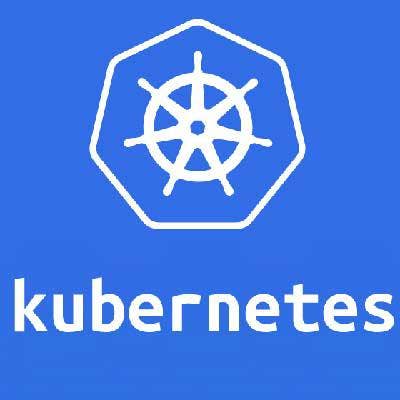
What about the 'what?'
The 'what' is much more straightforward. My job is very simple, which is to make PKS [Pivotal Container Service] the most successful Kubernetes enterprise platform on the planet. There's choices that customers have when they look deploying containers, including a choice of how they want to use Kubernetes. My job is to make PKS No. 1. In the same way that when we started the HCI mission, we were not the first but we basically said, we want to be No. 1 within a two-year period. By the year-and-a-half mark, we were No. 1 in units, revenue, and all that stuff. This is similar. We think we've got the best platform that we want to release, but we're not first and we've got to run fast, and we've got to convince the customers in the market in what we believe, which is that our platform's the best.
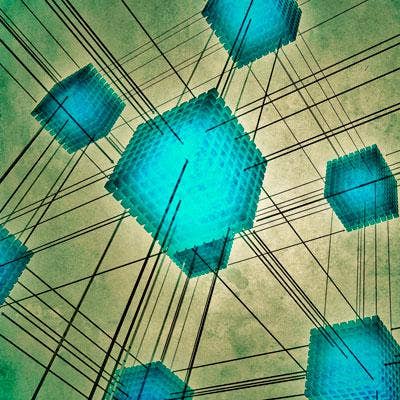
And what is the 'how' part?
PKS is not just a Pivotal product, it's a Pivotal and VMware product. It not only embeds NSX-T [software-defined networking], it's so tightly integrated with vSphere that we are going to make it the natural, and obvious, and best container platform. Which means, the 'how' has to include incredible engineering collaboration between VMware and Pivotal. And since I'm somebody that bleeds VMware and bleeds Pivotal, I can make sure that the engineering teams collaborate and continue to build something awesome. We've done it already with 1.0, but we're not stopping. If you want to be No. 1 in short order, you've got to get ready and innovate quickly on the platform.
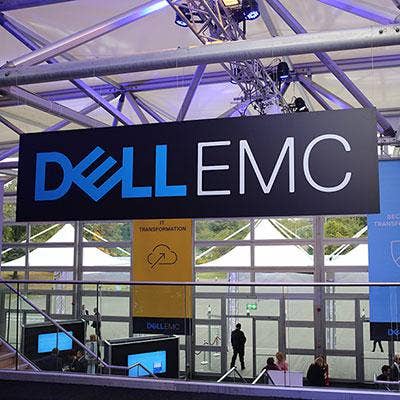
How does that come together through Dell EMC?
Pivotal is not transactional in nature as a company. Pivotal doesn't really have a channel program. That's changing, but it's really different for them. And there's a recognition that, inside the [Dell] family, there are two massive transactional machines that are used to thousands, not hundreds, and then tens of thousands and millions even, of customers and engagements in time scales of months. And that's VMware, and that's Dell EMC. And so, the first part of the 'how' is engineering interlock between VMware, Pivotal, and Dell EMC on VxRail and VxRack. The second part of the 'how' is go-to-market execution.
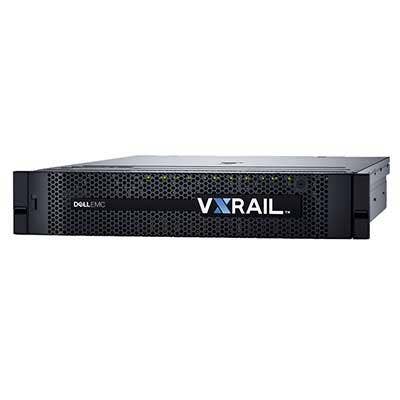
You talked about bringing this to VMware's VxRail and VxRack. Does it have to be VxRail or VxRack, or will what you're doing be applicable to more traditional infrastructure, even stuff that's not sold by Dell EMC?
Pivotal Cloud Foundry, which includes the application service and the container service PKS, can run on anything. It can run on public clouds. It can run on Google, Azure, AWS. It can run on Virtustream. It can run on on-premises OpenStack deployments. It can run on IBM's public cloud. It can run on converged infrastructure. It can run on build-it-yourself traditional technology stacks. And it can run on HCI.
[But] it's best when it uses the technology stack that is the most hardened, the most trusted, the most secured, the most integrated, which is the VMware stack. … You want to focus on the business outcome of leveraging these new platforms: PAS, the Pivotal Application Service, Pivotal Container Service, or PKS. And while you could run it anywhere, and people do run it in a multitude of ways, we think the easiest way to do it is on a Pivotal-ready architectural platform which is 100 percent aligned with [VMware's] HCI.
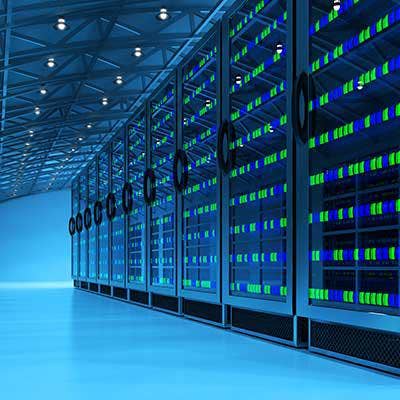
This sounds like another push towards the software-defined data center. Is it?
Ultimately, that is exactly what it is. The software-defined data center from VMware manifested in build-it-yourself form or in turnkey engineered system form like VxRack SDDC using VMware Cloud Foundation, or VxRail. It manifests one abstraction, and that abstraction is a kernel mode [virtual machine].
When PKS is embedded onto a VxRail or VxRack SDDC, or onto just a customer building it themselves with a VMware Cloud Foundation, although we think that's not the easiest way, it manifests now two abstractions. You can have kernel mode VMs, and you can have a container of Kubernetes Pods. But the thing that they have in common is that they're software-defined, they're instantiated in software, they use industry-standard hardware, and they're programmable so that the whole thing has got APIs, and interfaces where you can program that infrastructure. So therefore, you're exactly right: It's an extension of the software-defined data center idea.

Last year, Dave Hitz (pictured), founder and executive vice president of NetApp, admitted that storage companies some day could go all software-defined. A lot of vendors don't like that idea. What are your thoughts?
My first thought is, I miss Dave Hitz. That guy is awesome, smart. I respected him a great deal as a competitor. I have love and respect for Dave Hitz.

So what do you think?
Dave Hitz is right and I agree. I've said it publicly for long time. That transition is going to take time. It's happening as we speak, but it's going to take time. That time frame is going to be measured in years, not months. I guarantee that decades from now there will still be something that looks like a storage array as you know it today. And we'll also have an exceptionally long tail. I'm always fascinated that human beings want things to be black or white, yes or no. And even if the directional answer is yes, you then have to have this context that says, 'Is there going to be an extremely long industry transition?' And, frankly, I think customers are going to look to people who do both. Channel partners would too.